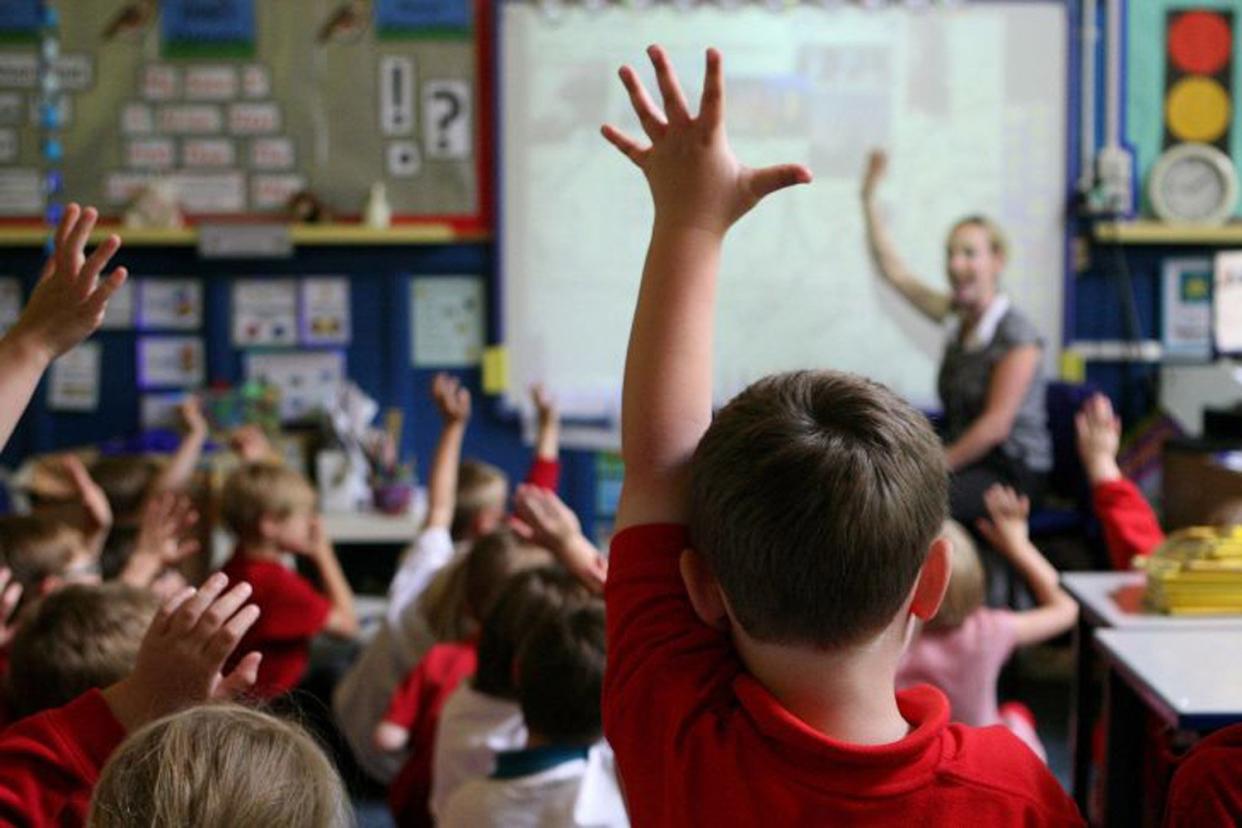London has best pass rates in country for the three Rs, results show

More London children are leaving primary school having mastered the basics of the three Rs than anywhere else in the country, new figures show.
Some 67 per cent of 11-year-olds passed their SATs in reading, writing and maths — outperforming children in the rest of the country by six percentage points. This compares with 59 per cent last year.
The results, published by the Department for Education, also revealed that London had fewer failing schools than any other region, and fewer “coasting” schools, where pupils are not pushed hard enough.
Analysis by the Standard of results from the exams, which are taken by all 11-year-olds in the final year of primary school, show:
11 per cent of London children scored “higher level” grades in their SATs — more than anywhere else in England.
The top five performing local authorities were all in London — Richmond, Kensington and Chelsea, Bromley, Hammersmith and Fulham and Hackney.
24 London local authorities had no under-performing schools.
Just one per cent of schools in London dropped below the Government’s floor target, and just one per cent were classed as “coasting”. These were the lowest levels in the country.
A school is below the “floor” if fewer than 65 per cent of pupils meet the expected standard in reading, writing and maths, and pupils do not make enough progress.
Today’s figures revealed that in 19 London schools fewer than 65 per cent of pupils passed all three exams and did not make enough progress, putting the schools at risk of being branded failing. About 11,000 London children are taught in these schools.
Nationally, the percentage of children leaving primary school with a good grounding in the three Rs increased. Sixty-one per cent of the 600,000 11-year-olds who took SATs this year passed all three tests.
This was an increase of eight percentage points compared with last year when 53 per cent passed. The gap between disadvantaged children and others also narrowed by 1.3 per cent, the sixth year in a row that this has happened.
Girls made more progress than boys in reading and writing while boys made more progress in maths. The number of schools considered to be under-performing also dropped. A total of 511 mainstream primaries in England (four per cent) failed to meet the Government’s floor standard this year, against 665 (five per cent) last year.
As in previous years, older pupils performed better than summer-born ones. The attainment gap in reading, writing and maths between pupils born in September and those born in August was 14 percentage points.
Schools minister Nick Gibb said: “Today’s results show standards are continuing to rise in primary schools.
“Teachers and pupils have responded well to the new more rigorous curriculum and these pupils were the first to benefit from the new approach to phonics. This means that pupils are now leaving primary school better prepared for the rigours of secondary school.”

 Yahoo News
Yahoo News 
